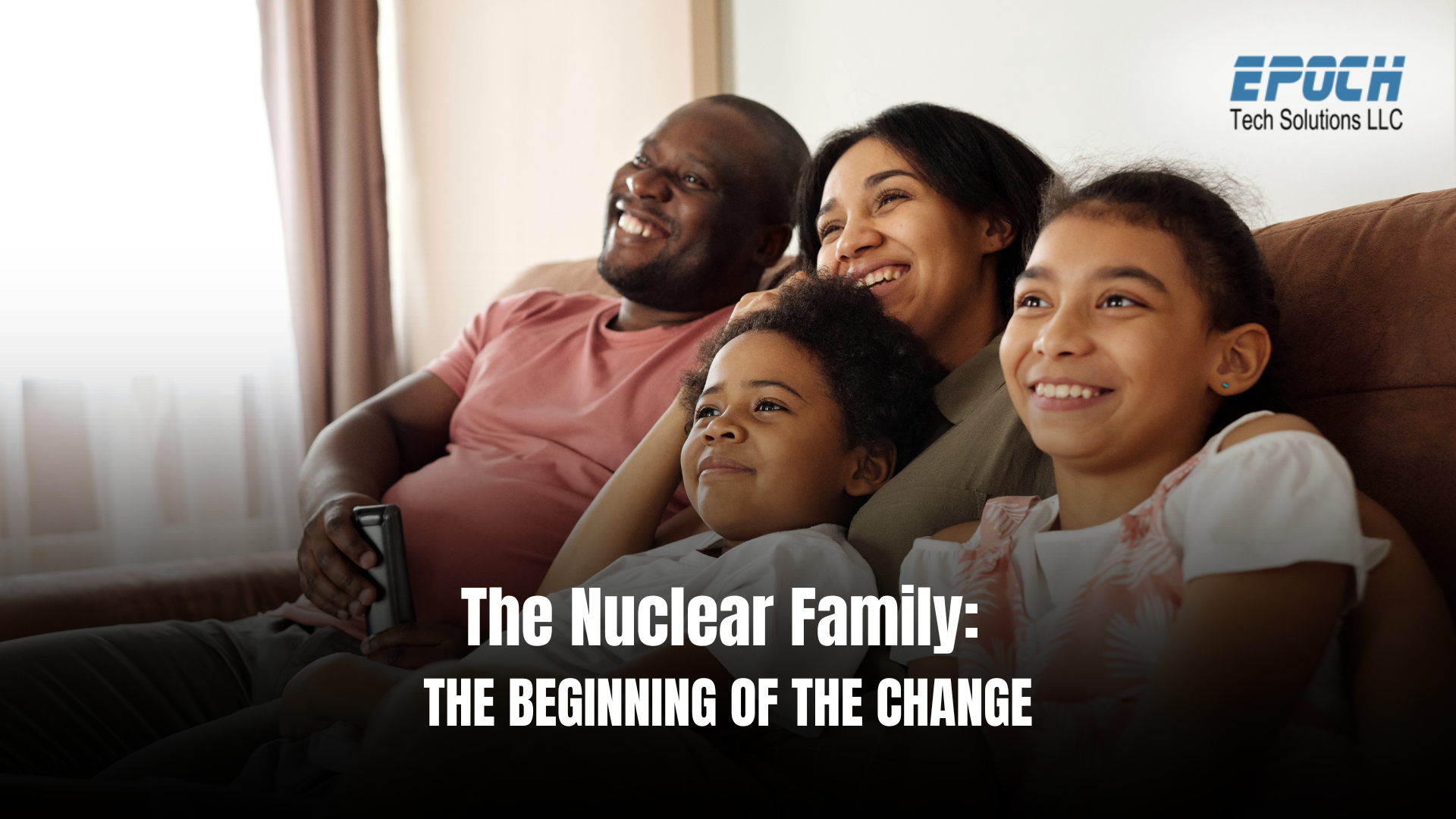
There was a time when “family” didn’t just mean the people in your own home.
It meant neighbors, grandparents, aunts, uncles all stepping in to help raise the next generation. Values were taught at the dinner table, reinforced at church, and lived out in the streets where kids played until the porch lights came on.
Then, something shifted.
The Baby Boomer generation paved a new path, and in the process, left a gap for the next, Gen X—to fill. Parents went to work. Communities became less connected. Children learned more from their peers and the systems around them than from the families who once shaped their every step.
It was the beginning of a change that would reshape America’s households.
The nuclear family, two parents and their children living under one roof became the standard model.
It was different from extended families that spanned generations under one roof.
Core Characteristics
This shift didn’t happen by accident.
The Industrial Revolution and urban migration pulled families away from farmland and extended networks. Smaller households became the norm, and “independence” became a cultural badge of honor.
But along with the benefits came the drawbacks:
Benefits
Drawbacks
Fast forward to today, and the nuclear family looks different.
Very few households have a stay-at-home parent. But here’s the unexpected turn remote work has brought flexibility back into family life. Parents are home more often. Kids see them during the day. The opportunity to bring back hands-on family values is here—if we choose to take it.
The Johnsons – Texas
Both parents worked from home after 2020. Suddenly, the kids weren’t spending afternoons in aftercare they were baking cookies in the kitchen, playing board games, and talking at the dinner table. That simple shift rebuilt their family’s connection.
The Lopez Family – California
A blended nuclear family of five used technology to manage busy schedules and keep communication strong. Weekly video calls with grandparents bridged the generational gap that once felt permanent.
“We didn’t realize how much we were missing until we started having lunch with our kids every day. It’s changed our relationship with them completely.” – Sarah M.
“The nuclear family can work beautifully when there’s intentionality. Without it, you lose the closeness it promises.” – David L.
Family structure is more than a statistic it’s the ecosystem where future leaders are shaped. The nuclear family can be a powerful environment for growth, but only if parents remain present, engaged, and connected, even in the midst of modern demands.
The nuclear family is not “good” or “bad” by definition it’s a framework.
What matters is what we put into it.
And maybe, just maybe, we’re living in a moment where technology and flexibility give us the chance to bring back the best parts of what was lost.
👉 Contact Epoch Tech Solutions today for a free consultation.
#community #epochtech